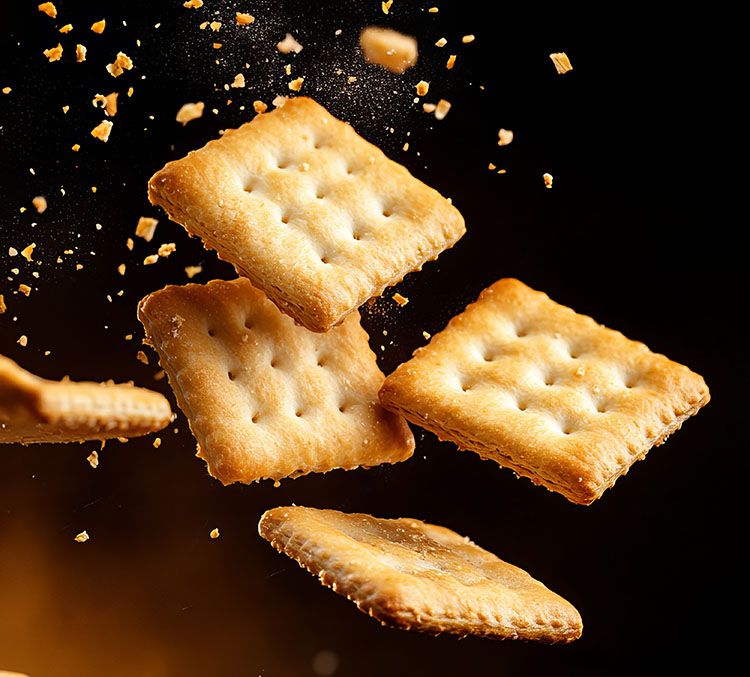
Two-stage mixing takes center stage
Two-stage batch mixing brings multiple advantages to industrial-scale baking. Two-stage batch mixing is especially suited to long-fermentation doughs, where structure and flavor are needed.
Two-stage batch mixing brings multiple advantages to industrial-scale baking. Two-stage batch mixing is especially suited to long-fermentation doughs, where structure and flavor are needed.
With its portfolio of companies, the WP BAKERYGROUP covers every step of the baking process with dedicated
and interconnected equipment. Jürgen Horstmann – owner, Horstmann Group, and Carola Landhäuser –
WP BAKERYGROUP CEO, share the insights of leading a diverse group of companies and looking beyond individual production steps when designing solutions, to a ‘think process’ big-picture that shapes innovation in baking.
Chip Czulada embarked on a new role as the President of Reading Bakery Systems (RBS) at the beginning of 2024. He shares with Baking+Biscuit International magazine his view on the first six months at the helm of the company where he has been working for over 20 years.
Fully automating kneading and mixing is an ambitious endeavor, given the complexity of the process, and the diversity of raw ingredients.
To optimize in-store baking efficiency, the UDO baking technology is one to watch. It stands for Univac Double-bake Oven and is powered by Cetravac AG’s patented innovation. Developed under the bakeXperts brand, the UDO opens the door to a new world of baking in-store.
The UDO can bake frozen, ambient-stored raw dough, or parbaked products such as rolls, baguettes and even larger loaves and cool them to perfect-to-eat level in less than 5-10 minutes. It does so while achieving perfectly even heating and retaining all product characteristics, consistently.
Technology innovation not only ensures the right temperature, airflow and humidity settings, but also addresses a priceless ingredient in baking: time. Reading Bakery Systems (RBS) recently launched a new multi-pass proofer, which was designed to do both. It is designed to be flexible in function, footprint, and form.
Continuous mixers allow for all parameters to be constantly monitored and saved digitally, including ingredient stream rates, dough temperature, mixing energy input, throughput, mixer shaft speed, coolant temperatures, starts and stops, ingredient refill status, ingredient totalizers, dough totalizers, and many others.
Automated continuous mixing delivers real-time process assessment and consistency round the clock.
Reading Bakery Systems (RBS) introduced a new ambient cooling conveyor, with increased efficiency in cooling crackers before entering packaging in a more‐compact footprint.
Requirements stemming from the product characteristics, the manufacturing needs, the facility and equipment line-up will influence how continuous mixing and kneading should be set up.
A continuous kneading and mixing process ensures all types of ingredients are mixed and kneaded in the optimum sequence to produce the desired product with consistent characteristics while saving time, resources and minimizing waste.

